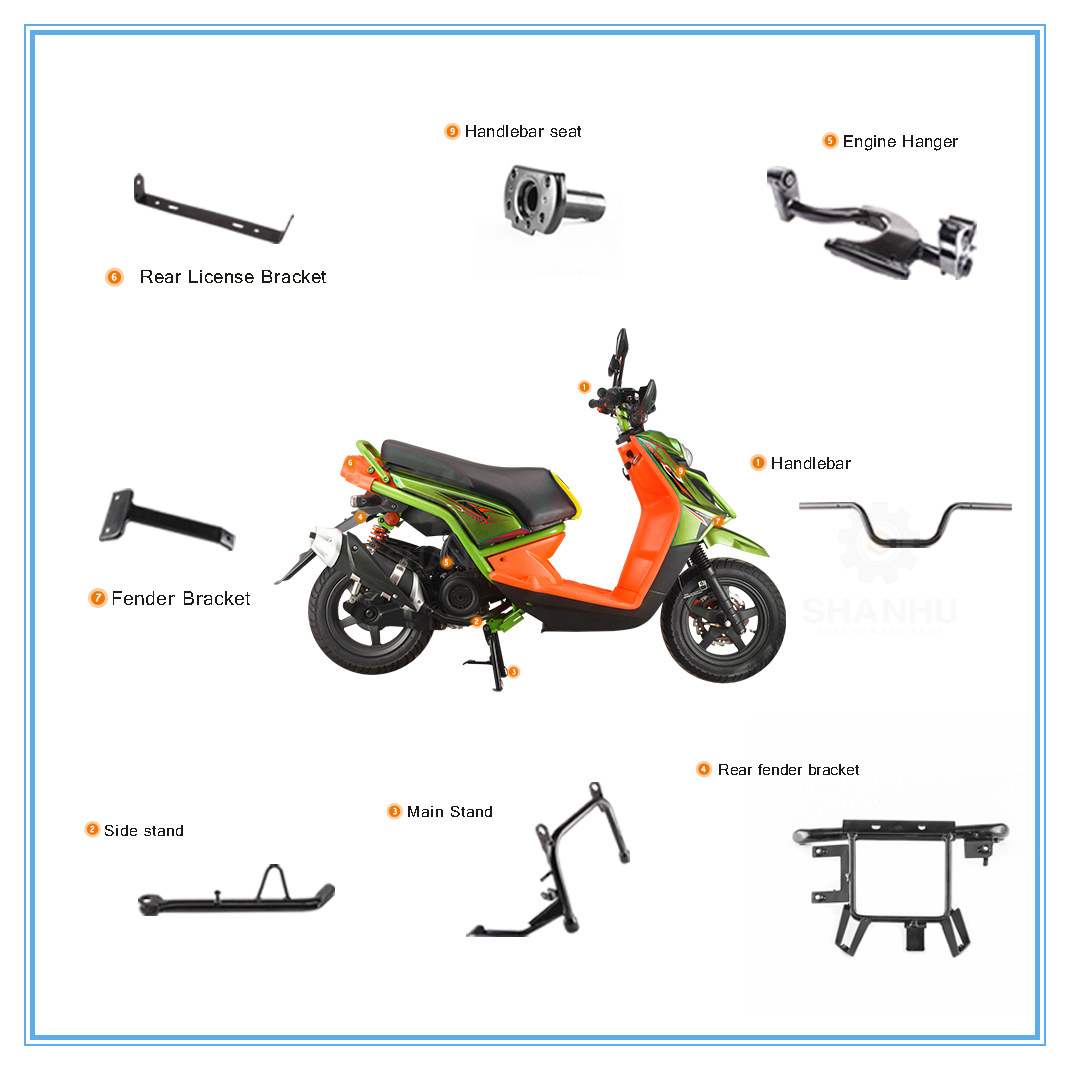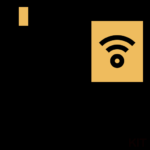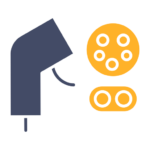Choose Electric Scooter Parts, DIY Own E-scooter.

The accessories required for assembling electric vehicles mainly include electric bicycle frame, electric bicycle casing, electric bicycle motor, electric bicycle controller, electric bicycle DC converter, electric bicycle wheel, electric bicycle battery, electric bicycle instrument, electric bicycle brake portion, Accessories such as lamps, rearview mirrors, etc.
The main components:
1. The charger
The charger is a device for replenishing the battery, and is generally divided into a two-stage charging mode and a three-stage mode. Two-stage charging mode: First, constant voltage charging, the charging current gradually decreases with the rise of the battery voltage. After the battery power is replenished to a certain extent, the battery voltage will rise to the set value of the charger, and at this time, it will be converted to trickle charging. Three-stage charging mode: When charging starts, the constant current is charged first, and the battery is quickly replenished; when the battery voltage rises, it is converted to constant voltage charging. At this time, the battery energy is slowly replenished, and the battery voltage continues to rise; the charging end voltage of the charger is reached. When the value is changed, it is switched to trickle charge to maintain the self-discharge current of the battery and the supply battery.
2. Battery
The battery is the on-board energy that provides the energy of the electric vehicle, and the electric vehicle mainly uses the lead-acid battery combination. In addition, nickel-metal hydride batteries and lithium-ion batteries have also been used on some portable folding electric vehicles. Usage Tip: The main control board of the controller is the main circuit of the electric vehicle, which has a large working current and will generate a large amount of heat. Therefore, do not park the electric vehicle in the sun, and do not expose it to rain for a long time to avoid malfunction of the controller.
3. The controller
The controller is the component that controls the speed of the motor and is the core of the electric system of the electric vehicle. It has undervoltage, current limiting or overcurrent protection. The intelligent controller also has a variety of riding modes and self-checking functions for vehicle electrical components. The controller is the core component of electric vehicle energy management and various control signal processing.
4. The brake
The brake lever, etc. are the signal input components of the controller. The turn signal is a drive signal for the rotation of the electric vehicle motor. The brake lever signal is an electrical signal that the internal electronic circuit of the brake lever outputs to the controller when the electric vehicle brakes; after receiving the signal, the controller cuts off the power supply to the motor, thereby implementing the brake power-off function.
5. Power steering sensor.
The power sensor is a device that detects the riding pedal force back to the pedal speed signal when the electric vehicle is in the assist state. The controller automatically matches the manpower and electric power according to the electric driving power to jointly drive the electric vehicle to rotate. At present, the most powerful power-assisted sensor is a mid-axis bilateral torque sensor. Its product features are capable of collecting the pedaling forces on both sides, and adopts a non-contact electromagnetic signal acquisition method, thereby improving the accuracy and reliability of signal acquisition.
6. The motor
The most important accessory for an electric bicycle is the electric motor. The electric motor of an electric bicycle basically determines the performance and grade of the electric bicycle. The electric motors used in electric bicycles are mostly high-efficiency rare earth permanent magnet motors, among which there are three types of high-speed brushed teeth + wheel reducer motors, low-speed brush motors and low-speed brushless motors. A motor is a component that converts battery power into mechanical energy and drives the electric wheel to rotate. There are many types of motors used in electric vehicles, such as the mechanical structure, the range of speeds, and the form of energization. Common ones are: brushed gear hub motor, brushless gearless hub motor, brushless gearless hub motor, brushless gear hub motor, high disk motor, side-mounted motor, etc.
 Mobile Power
Mobile Power Smart AC Charger
Smart AC Charger